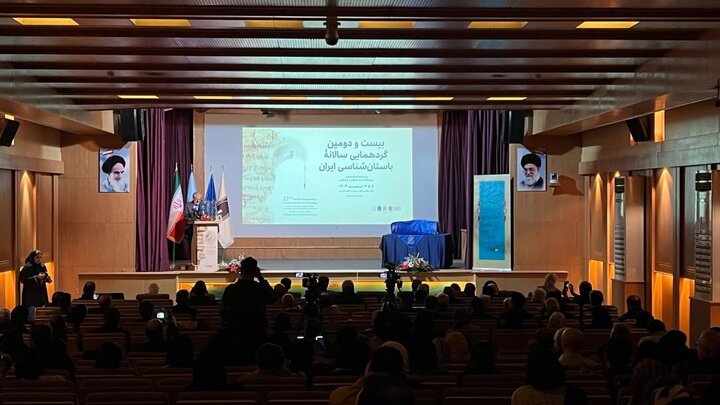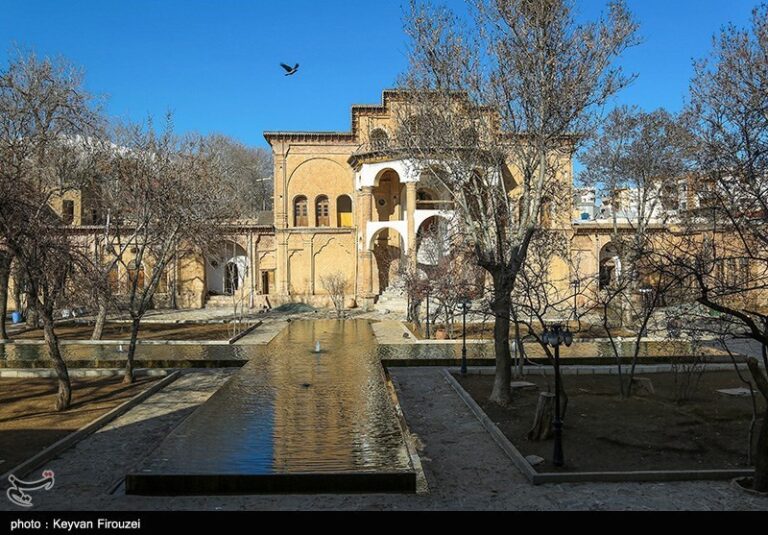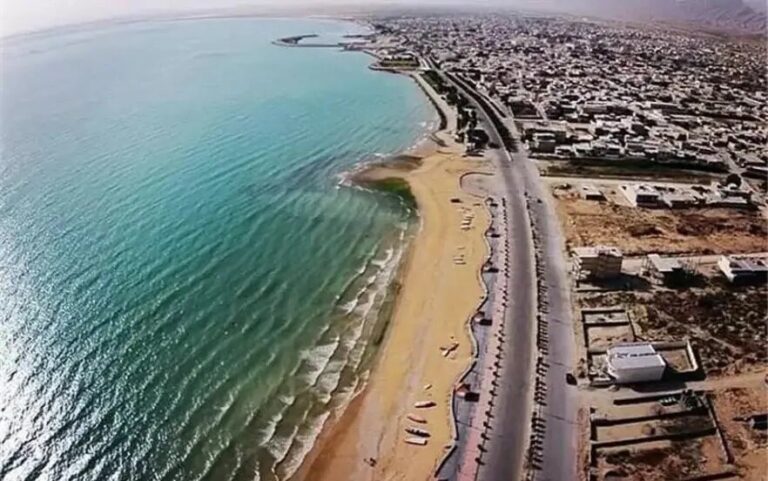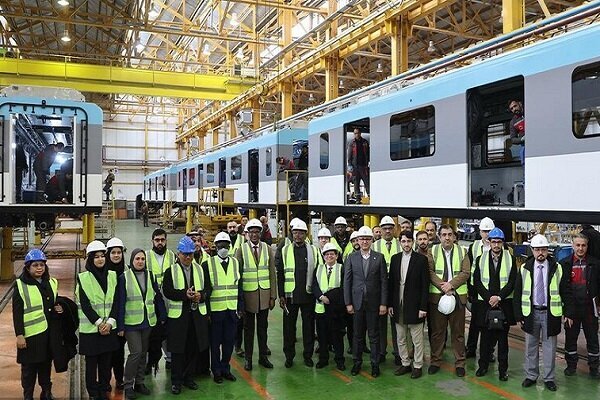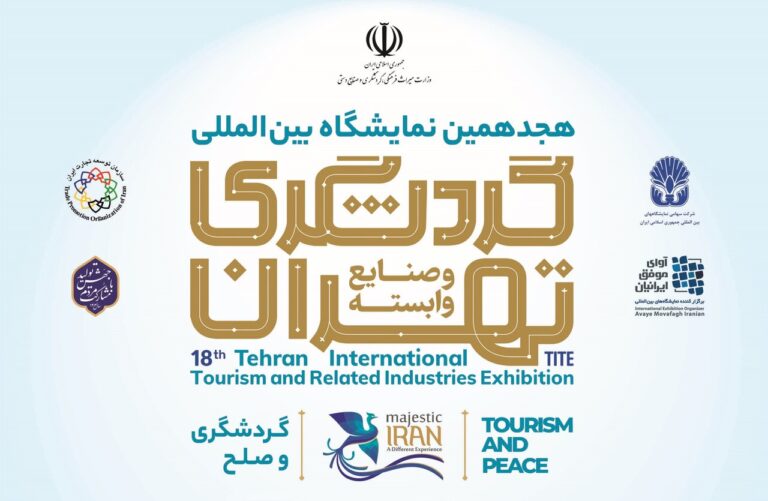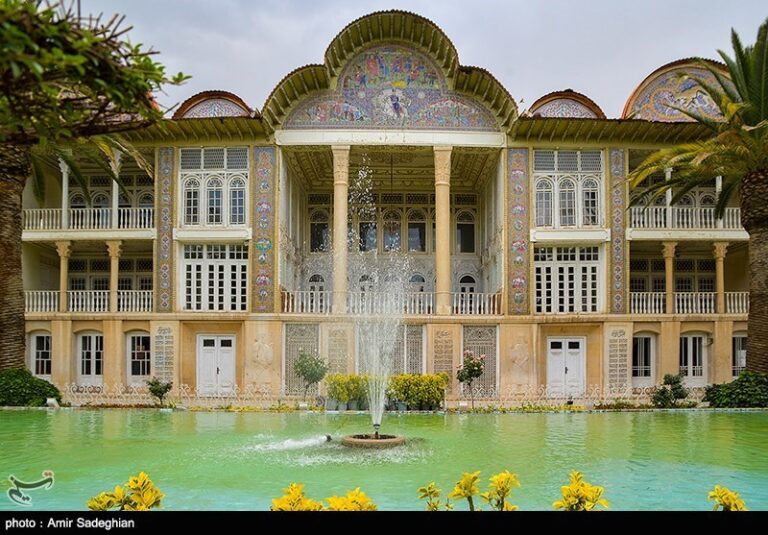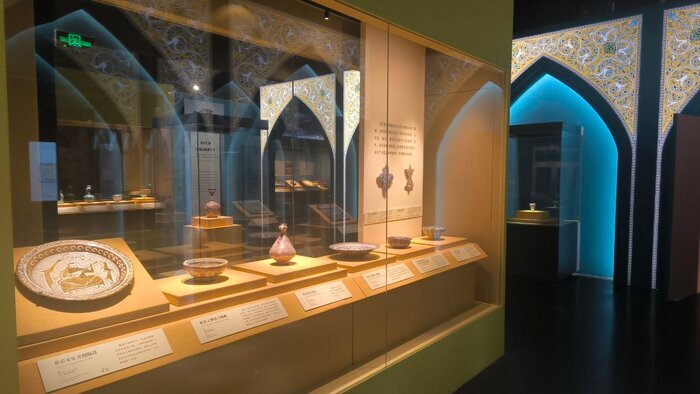Tehran Hosts Exciting Archaeology Conference: Uncovering the Past and Shaping the Future!
The 22nd Annual Archaeology Conference has commenced at the National Museum of Iran in Tehran, marking a significant event for archaeologists and cultural heritage enthusiasts alike. This gathering not only showcases the rich archaeological heritage of Iran but also emphasizes the importance of collaboration and knowledge exchange among professionals in the field.
The conference kicked off on Sunday, drawing notable figures such as Seyyed Reza Salehi-Amiri, the Minister of Cultural Heritage, Tourism, and Handicrafts, as well as Mohammad Ebrahim Zarei, the head of Iran’s Research Institute of Cultural Heritage and Tourism. The event was further honored by the presence of Mohammad Beheshti, the former director of the institute, along with a select group of esteemed professors and veteran archaeologists, as reported by CHTN.
During the opening ceremony, Jebrael Nokandeh, director of the National Museum of Iran, welcomed attendees and emphasized the conference as a platform for sharing ideas and fostering scientific collaboration among archaeologists.
One of the highlights of the event is an exhibition that showcases selected findings from archaeological research conducted in Iran throughout 2023. The exhibition features 273 artifacts unearthed from 13 archaeological sites and will remain open to the public until April 19.
In addition to the exhibition, several significant publications were unveiled during the ceremony, including:
- A book compiling articles from the 22nd Annual Archaeology Conference
- A summary of findings from archaeological research in Iran for 2023
- An archaeology journal
- Ten archaeology reports
Furthermore, the exhibition of selected findings from the 2023 archaeological fieldwork in Iran was officially inaugurated in the presence of Seyyed Reza Salehi-Amiri.
Archaeology in Iran possesses a rich and diverse history, reflecting the complex tapestry of civilizations that have inhabited the region for millennia. As one of the cradles of human civilization, Iran’s archaeological landscape is abundant with significant sites that provide invaluable insights into ancient cultures, trade routes, and the evolution of urban centers.
Among the most notable archaeological sites in Iran is Persepolis, the ceremonial capital of the Achaemenid Empire. Recognized as a UNESCO World Heritage site, Persepolis features magnificent palaces, monumental staircases, and intricate reliefs that illustrate the grandeur of Persian culture and its architectural achievements. Excavations at this remarkable site have uncovered valuable artifacts, including inscriptions, pottery, and precious metals, revealing much about the political and social structure of ancient Persia.
Another significant area of archaeological interest is the Zagros Mountains, where early human settlements can be traced back to the Paleolithic period. These sites are crucial for understanding the transition from nomadic lifestyles to settled agriculture, as well as the development of complex societies during the Neolithic era.
Moreover, Iran’s archaeological endeavors have highlighted the importance of the Silk Road, which facilitated trade and cultural exchanges between the East and West. The discovery of caravanserais, ancient fortresses, and intricate pottery underscores Iran’s role as a hub within this expansive trade network.
Despite the challenges faced by researchers in Iranian archaeology, such as fluctuating funding for the preservation of historical sites, the dedication of local scholars and international collaborations continue to drive advancements in the field. Modern archaeological practices have also incorporated technology, including satellite imagery and remote sensing, which significantly enhance the exploration and documentation of Iran’s extensive archaeological heritage.
In conclusion, archaeology in Iran plays a vital role in reconstructing the narratives of ancient civilizations. It highlights the region’s historical significance and the enduring legacy of its rich cultural heritage. The 22nd Annual Archaeology Conference serves as a testament to the commitment of archaeologists to preserve and promote the understanding of Iran’s extraordinary archaeological landscape.
